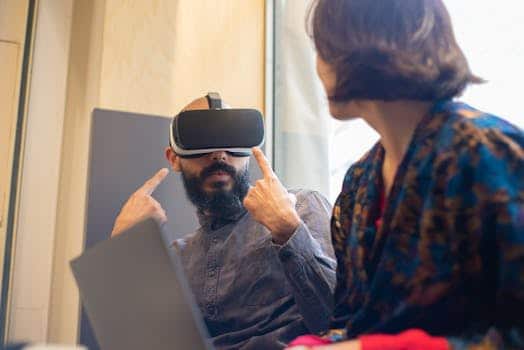The Future of Car Shows: Virtual Reality Exhibitions
The car industry has always been one of the most dynamic and innovative markets, constantly adapting to new technologies and consumer preferences. With the rise of virtual reality (VR), the traditional model of car shows may soon become a thing of the past. Gone will be the days of walking around a crowded convention center with flashy lights and loud music, trying to get a glimpse of the latest models. Instead, car enthusiasts will be able to attend virtual reality exhibitions from the comfort of their own homes. This is a game changer for the industry, and the future of car shows looks more exciting than ever before.
What Exactly is Virtual Reality?
Virtual reality, or VR, is a computer-generated simulation that immerses the viewer in a 3D environment. Through the use of special goggles or headsets, users can experience a realistic and interactive virtual world. This technology has been around for decades, but recent advancements have made it more accessible and affordable for consumers.
The Benefits of Virtual Reality Exhibitions
When it comes to car shows, virtual reality offers a multitude of benefits. First and foremost, it eliminates the inconvenience of physically attending a car show. Instead of having to travel, book accommodations, and deal with the crowds, attendees can simply log on to the virtual exhibition from anywhere in the world.
Additionally, virtual reality exhibitions allow for a more immersive and detailed experience. Users can get up close and personal with the cars, being able to zoom in and examine every angle and detail. They can even sit inside the car and experience the interior as if they were actually sitting behind the wheel.
The Future of Car Shows
With the convenience and benefits of virtual reality, it’s no surprise that more and more car manufacturers are turning to this technology for their exhibitions. It offers a cost-effective solution for showcasing their new models and allows for a wider reach to potential customers.
Moreover, with virtual reality, car shows can become more interactive and engaging. Companies can incorporate gamification elements, such as driving simulations or trivia games, to keep attendees entertained and interested. This will not only attract car enthusiasts, but also people who may not have been initially interested in attending a traditional car show.
Challenges and Limitations
Of course, with any new technology, there are bound to be challenges and limitations. One of the major challenges for virtual reality car shows is creating a realistic and high-quality experience. This requires significant investment in equipment and resources, which may not be feasible for smaller car companies.
Another potential limitation is the lack of personal interaction and physical touch. While virtual reality can offer an immersive experience, it cannot replicate the feeling of sitting in a car or the tactile experience of touching and feeling the materials.
In Conclusion
In conclusion, the future of car shows is undoubtedly heading towards virtual reality exhibitions. With its convenience, cost-effectiveness, and interactive capabilities, it is set to revolutionize the way we experience car shows. While there are still challenges and limitations to overcome, the potential for growth and innovation in this area is endless. So get ready, because the future of car shows is just a virtual reality experience away.









